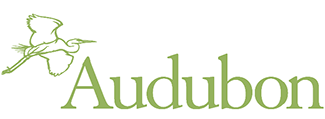People in the US have been feeding hummingbirds for at least a century but the pastime really took off after WWII when commercially-made feeders became available. Curious about a range expansion of Anna’s hummingbirds northward in California, Nicolas Alexandre, then a graduate student at the University of California Berkeley, turned to Audubon Christmas Bird Counts from 1938 to 2019 to document the Annas’ movement north. The research team also looked at US Census records to show human population density and looked at newspaper ads for feeders as a proxy for feeder density. Analysis of museum specimens quantified changes in Anna’s hummingbird beaks over time and found that beaks got longer and larger as feeders proliferated–a noticeable difference in a surprisingly short time span.
But science is never simple and straightforward. In California, the widespread planting of non-native eucalyptus trees, which provide nectar throughout the year, likely also contributed to the range expansion of Anna’s hummingbirds. In colder regions north of the species’ historical range, beaks became smaller and shorter, which seems counter to the trend of larger bills. But it turns out hummers use their beak to dissipate heat and a smaller beak with less surface area would help conserve heat in colder areas. Another interesting finding—where feeders were very dense, male hummingbirds also developed pointier and sharper beaks. Anybody who has watched hummers at feeders can relate to how some are very aggressive in defending a food source and understand that a sharper bill might help intimidate other hungry hummers.
–Based on an article in Science, 29 May 2025
